Sell out, make money and have a successful vintage booth with these must-know tips and tricks!
A year and a half ago, I took a huge leap of faith and quit my full-time job to focus on my blog and opening a vintage both. I gave up a comfortable salary and a stable career to follow my heart and do what I love. It's taken a lot of hard work and dedication, but choosing my happiness above everything else has by far been one of the best decisions I've ever made.
I've learned a lot over the last year and a half of having a booth and it hasn't all been easy. Having a vintage booth is hard. Having a SUCCESSFUL vintage booth is even harder. There are a lot of factors that go into running a profitable booth and it takes a lot of hard work, planning, and preparation.
1. CHOOSE THE RIGHT LOCATION
Location, location, location! Finding the right vintage barn or market to have a booth is by far the most important aspect of having successful sales. Definitely, do your research before you commit to a location. Attend different markets and sales, pay attention to the volume of traffic different locations bring, talk to other vendors, take note of the style and inventory in the shops, and don't be afraid to ask questions. You can have the most amazing inventory and styling, but if you don't have customers you won't have sales.
2. FIND YOUR STYLE
Have a good idea of your style, what you love, and what you plan to sell in your booth BEFORE you start buying and stocking inventory. You don't have to stick to one particular style, but you should be YOU and keep your booth cohesive. Personally, I stick to a neutral color scheme and gravitate towards card catalogs, cubbies, mid-century modern furniture, vintage clocks, cameras, books, suitcases and anything industrial. The pieces I gravitate towards aren't necessarily one particular style, but it's my style and it works for my booth.
3. STAGE AND MERCHANDISE
I can't express enough the importance of staging and merchandising when it comes to having a successful booth. Furniture can easily be looked over and passed by if it's not staged and styled in a way that shows off its potential and intended use.
How do you successfully stage and merchandise?
Display inventory in a way that shoppers can easily envision the items in their own homes. Use larger pieces of furniture to stage smalls and help to ground, balance and fill your booth. Group like items, use crates baskets, and bins to corral and display inventory, create small vignettes, always use fresh or faux greenery or flowers, and keep it simple and clutter-free. You want shoppers to easily see what you are selling and be able to pick up items without much trouble.
After larger items sell, move and restage the rest of your space right away. You don't want people walking past your booth because it looks bare or unorganized. Additionally, if a piece is not selling think about moving it to another more visible area in your booth.
Changing the location and styling of furniture can make all the difference. I had this gorgeous MCM hutch in my space for a few months and it just wasn't selling. As soon as I moved and restaged it to the front of my booth it sold.
4. UPDATE MERCHANDISE, RESTOCK AND RESTAGE AFTER EACH SALE
Even if you don't have new inventory you should always rearrange your booth to keep it looking fresh and new. Many vintage shops and markets have repeat and loyal customers who frequent every sale. Keep them interested by restaging your space as often as possible. Move large pieces of furniture, change up the styling, and make it appear as though you've brought in new inventory.
5. BE A MONTH AHEAD OF SEASONAL AND HOLIDAY DECOR
Do you plan on selling holiday or seasonal decor? Keep in mind that retail stores stock seasonal decor months in advance. They already have shoppers thinking about and buying for the upcoming seasons and holidays, so be sure to take advantage.
You can easily intermingle Halloween and fall decor in September and start selling winter and Christmas decor in November.
6. MARKET YOURSELF
Don't rely solely on the barn, market, or event you are attending to do all the marketing for a sale. Be proactive and market yourself, your brand, and your inventory. Styling along with clear and bright photos will sell your products and help them stand out against competitors. Instagram and other social media accounts should be used and maximized to market and promote your business. You should always be sharing new inventory, promoting products, and creating buzz before upcoming events.
Facebook Marketplace is also a great place to market your event and showcase some of your better pieces. I easily sell one or two pieces of furniture each sale simply from advertising on Facebook Marketplace.
7. PLAN AND BE PREPARED
Having a successful market takes a lot of planning and preparation. You'll need to think about shopping for inventory, creating or buying tags, business cards, signs, pricing, booth layout, building displays, designing your space, traffic flow, and the logistics of setting up and breaking down your space. Do you need help moving heavy furniture and inventory? Will you need to rent a truck or trailer? Is the event far away that a hotel room will need to be booked?
If your market is outside then you also need to be prepared for unpleasant weather. Have a tent (preferably with sides) readily available. Clamps, stacks, string, and tarps should also be purchased to help secure tents and protect inventory.
If your market is outside then you also need to be prepared for unpleasant weather. Have a tent (preferably with sides) readily available. Clamps, stacks, string, and tarps should also be purchased to help secure tents and protect inventory.
8. STOCK A VARIETY OF ITEMS AT DIFFERENT PRICE POINTS
A variety of inventory at different price points and sizes (furniture and smalls) gives shoppers options and appeals to a larger market. If you stock only larger more expensive items then you may lose out on sales from shoppers looking for smaller decor pieces and vice versa. A good mix of inventory will draw more customers in and keep them shopping.
9. BUY LOW AND SELL HIGH
There are a lot of costs that go into having a vintage booth, so if you want to profit, you need to buy low and sell high. I aim to at least double/triple the price of smaller items and quadruple dressers, nightstands, servers, etc. When sourcing inventory, keep in mind the cost of the items, the commission you have to pay when selling those items, rent at your shop location, and the higher self-employment tax you'll have to pay.
10. BE PREPARED TO INVEST A LOT OF TIME AND MONEY INTO YOUR BOOTH AND BUSINESS
I wholeheartedly believe that you get out of your business what you put into it. If you don't invest time and money into marketing and growing your business then you'll never continue to profit. I follow the rule of thirds when it comes to managing my business's income/expenses. This ensures I am always putting money back into my business while also being prepared for expenses/taxes.
1/3: Invested back into the business (marketing, inventory, expenses, etc.)
1/3: Set aside for taxes
1/3: Saved as profit
Having a booth and participating in markets can be a lot of work, but it can also be super rewarding and profitable if you're willing to put in the work.
I wish you all the best!



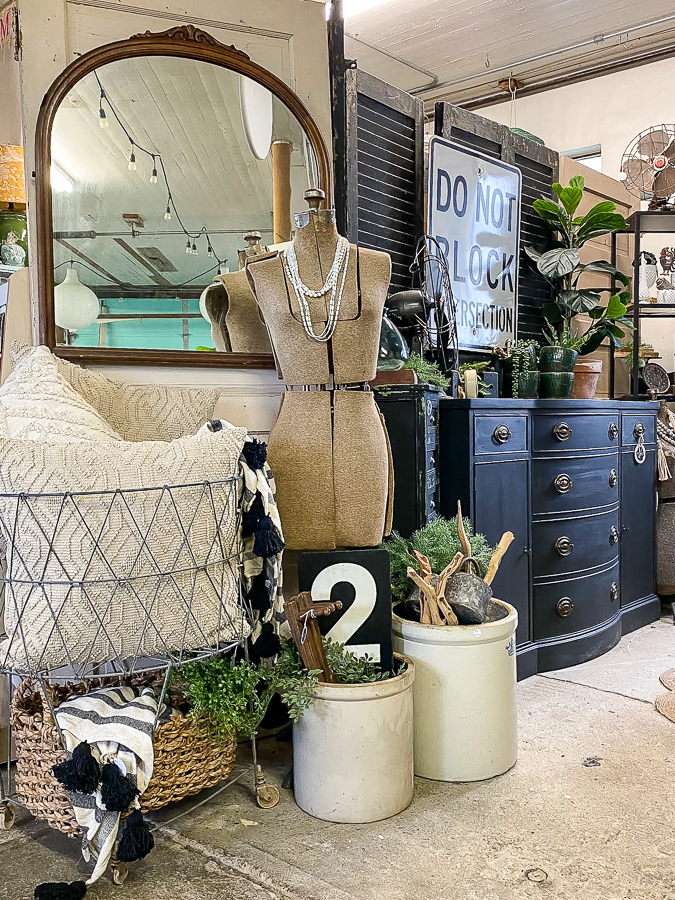
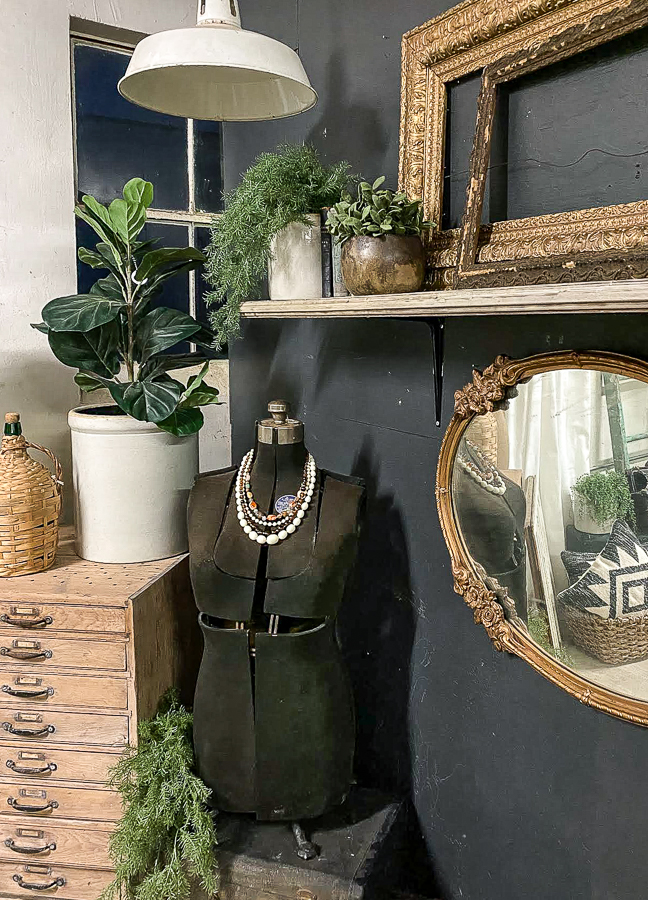

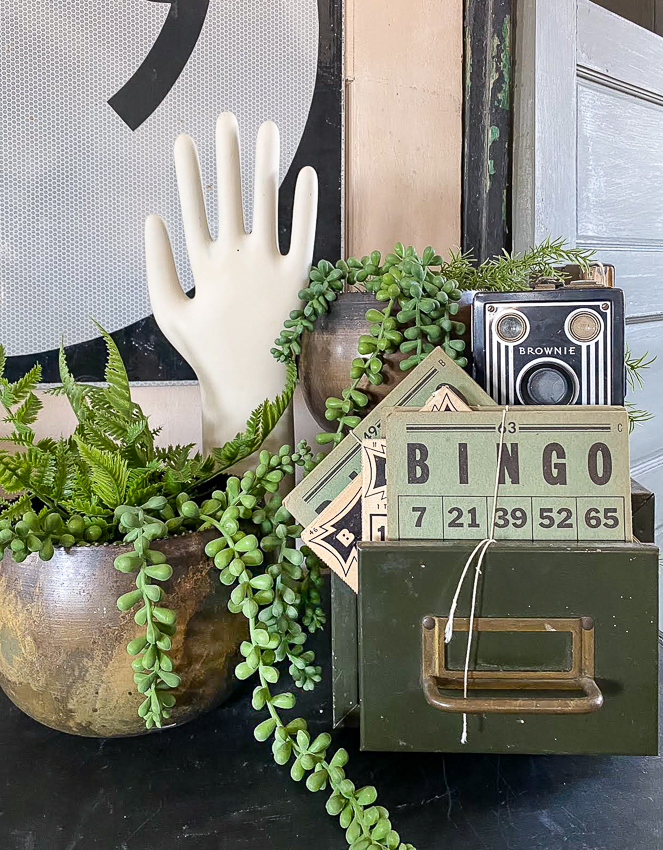










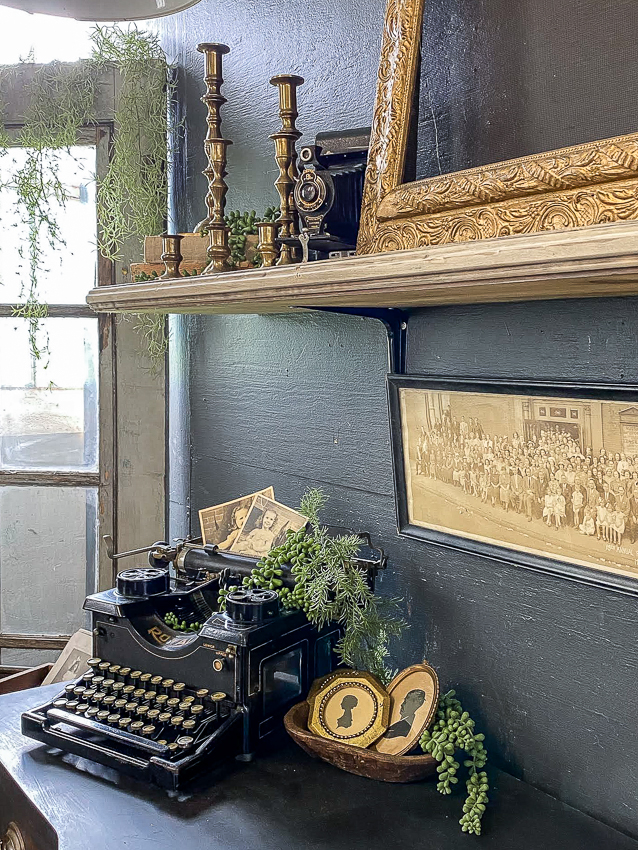
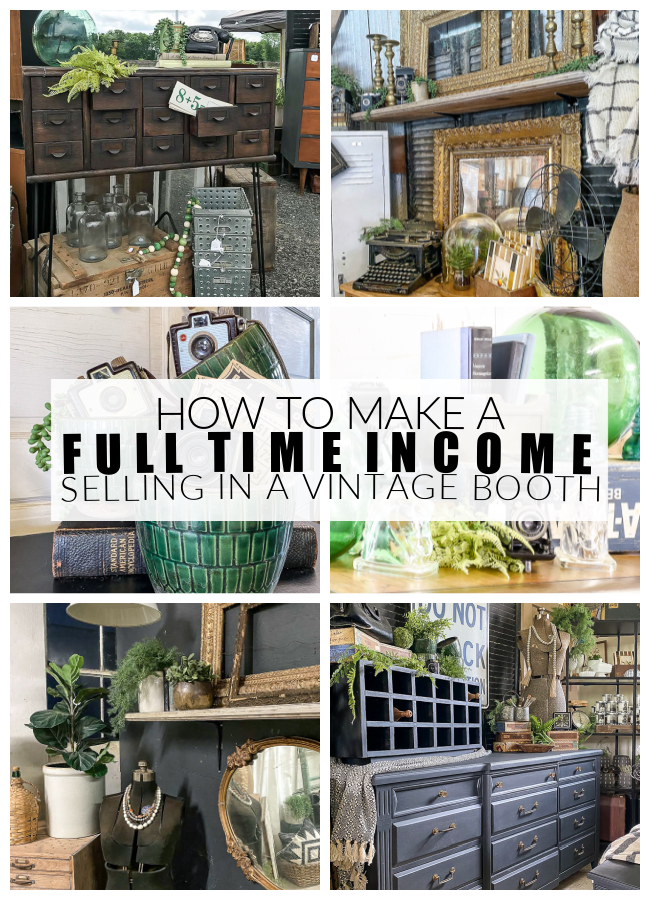



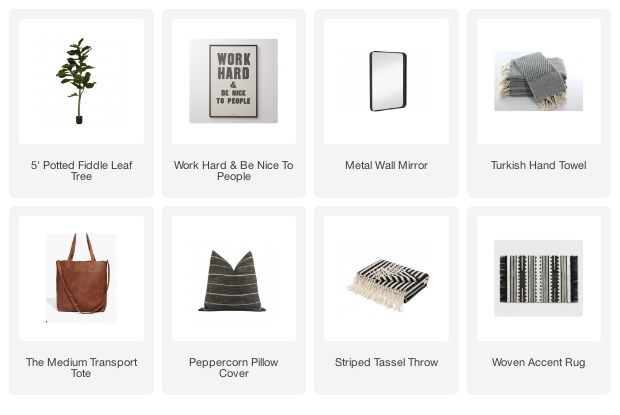
Great tips, beautiful photos, and well written! Thanks so much for the help!
ReplyDeleteThanks for all of the great tips! I’ve had a booth about 8 months now and have recently been on a roller coaster with sales. I will be putting your tips to good use.
ReplyDelete